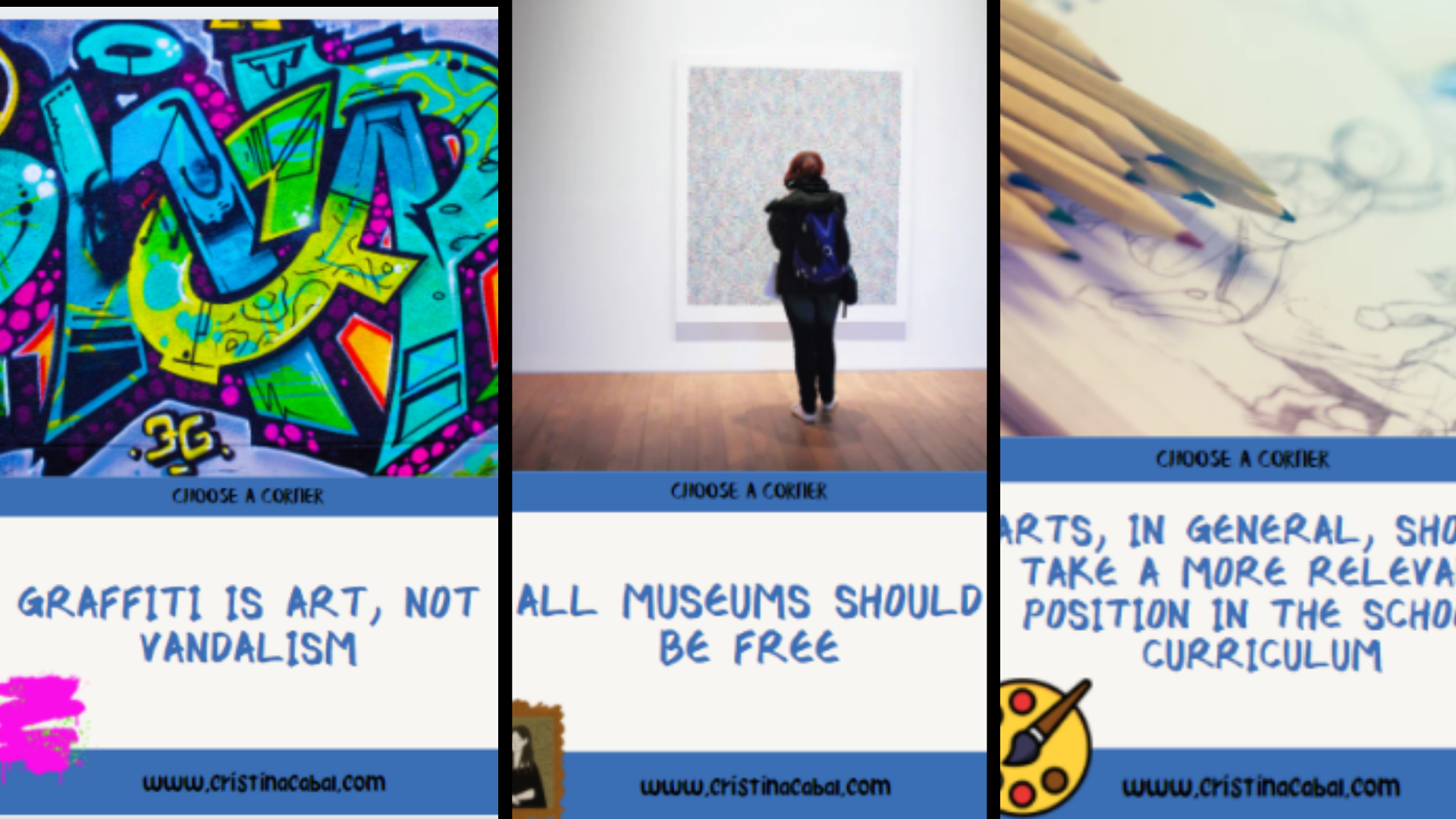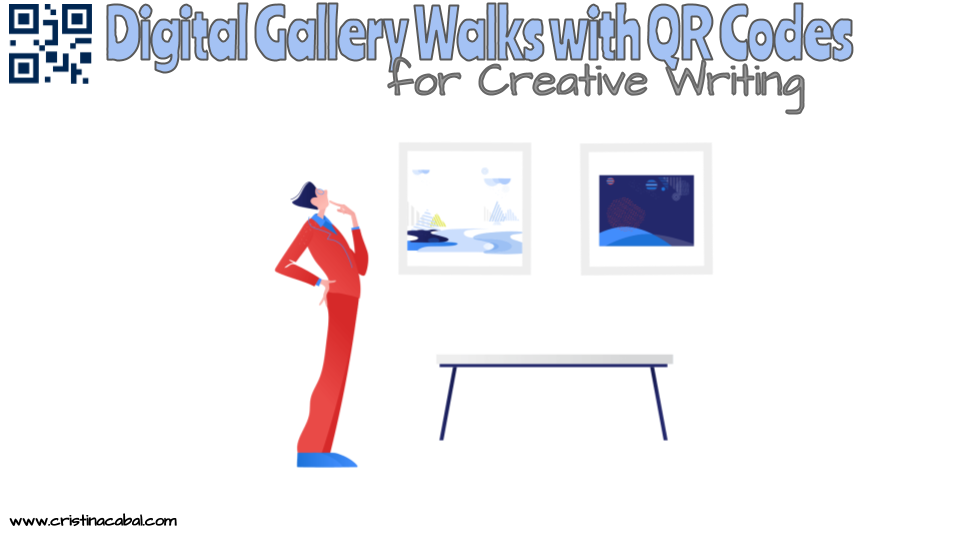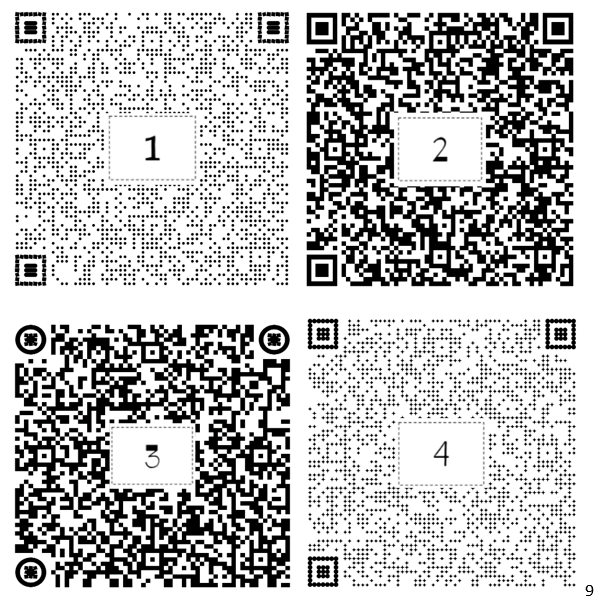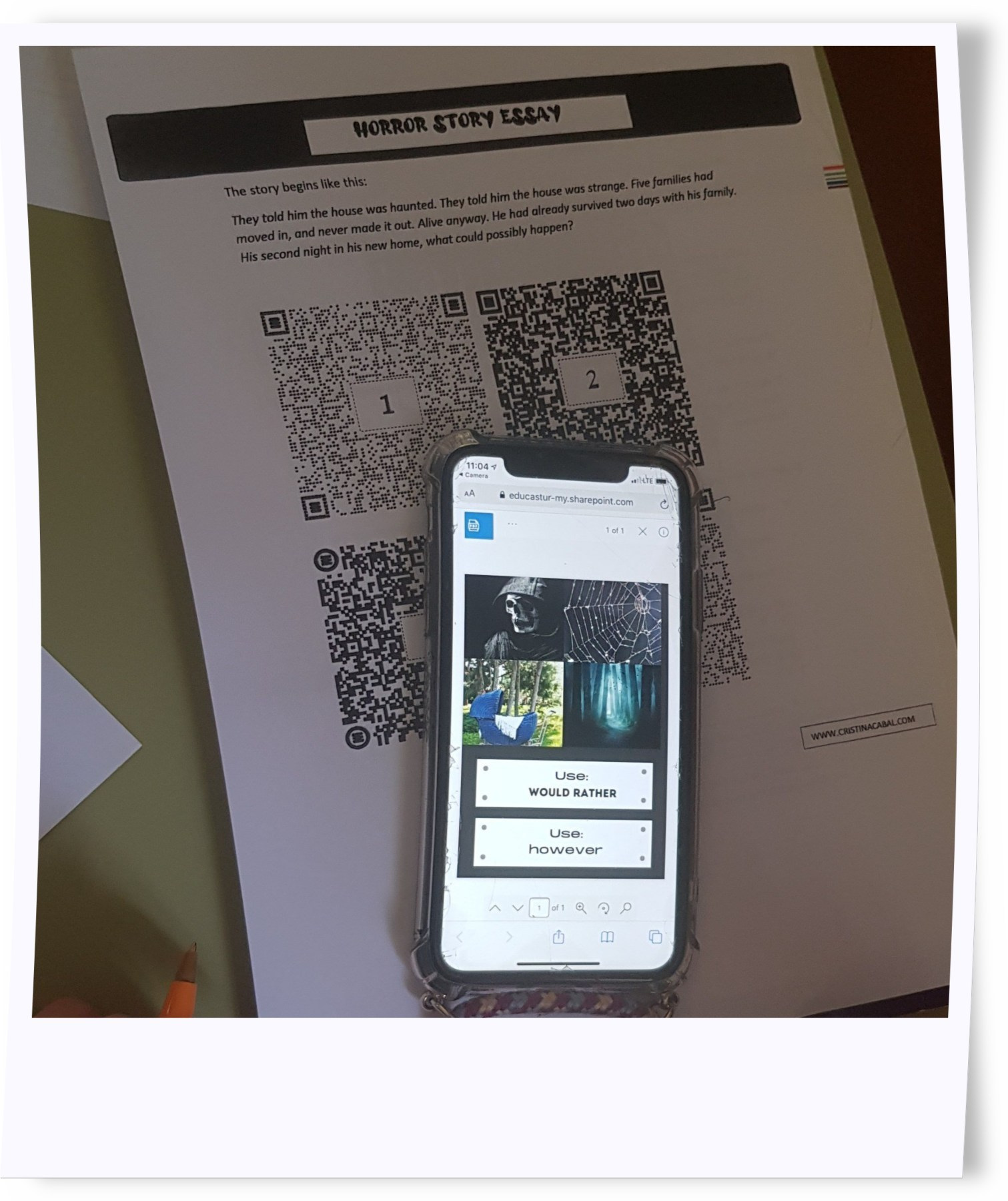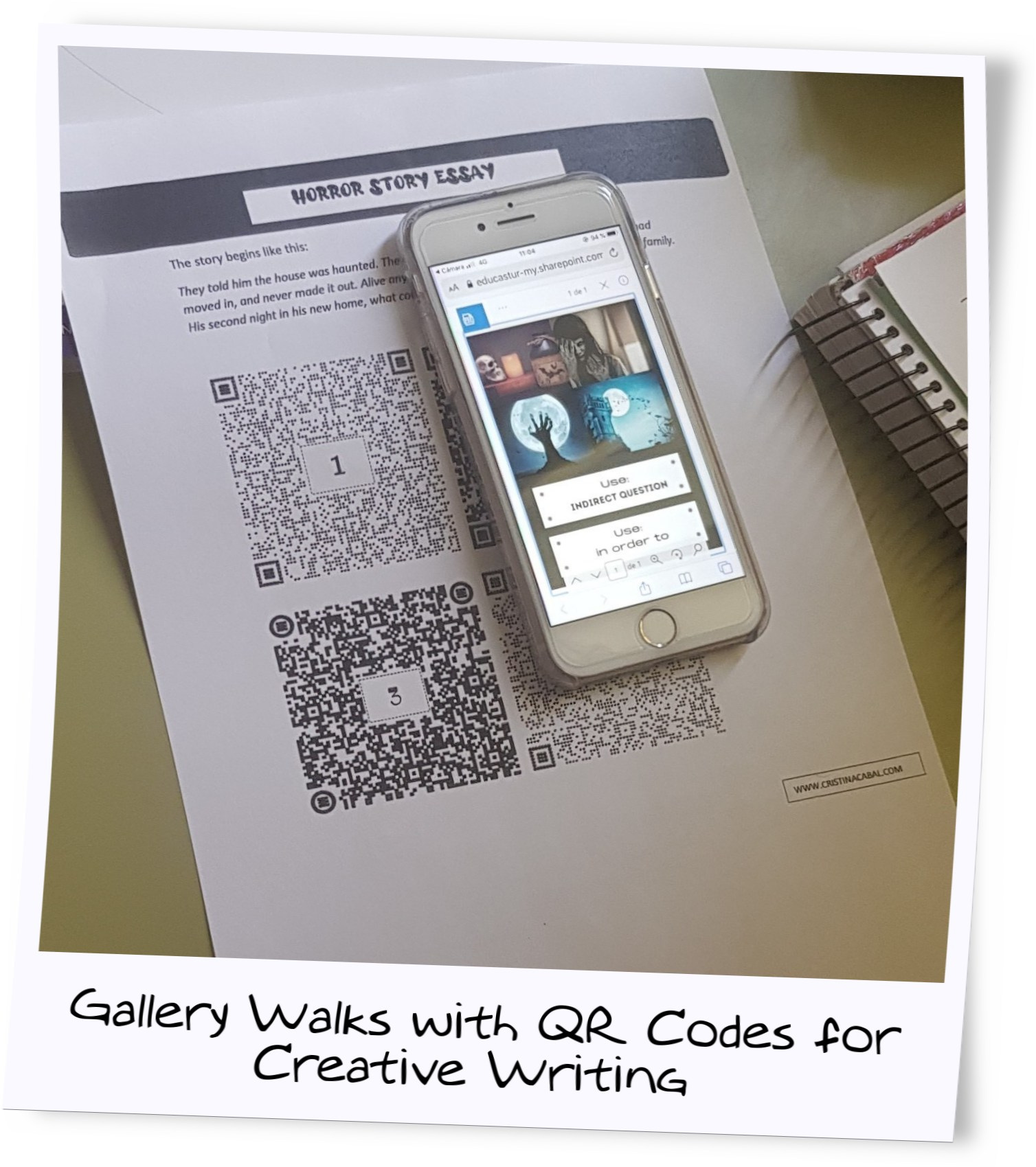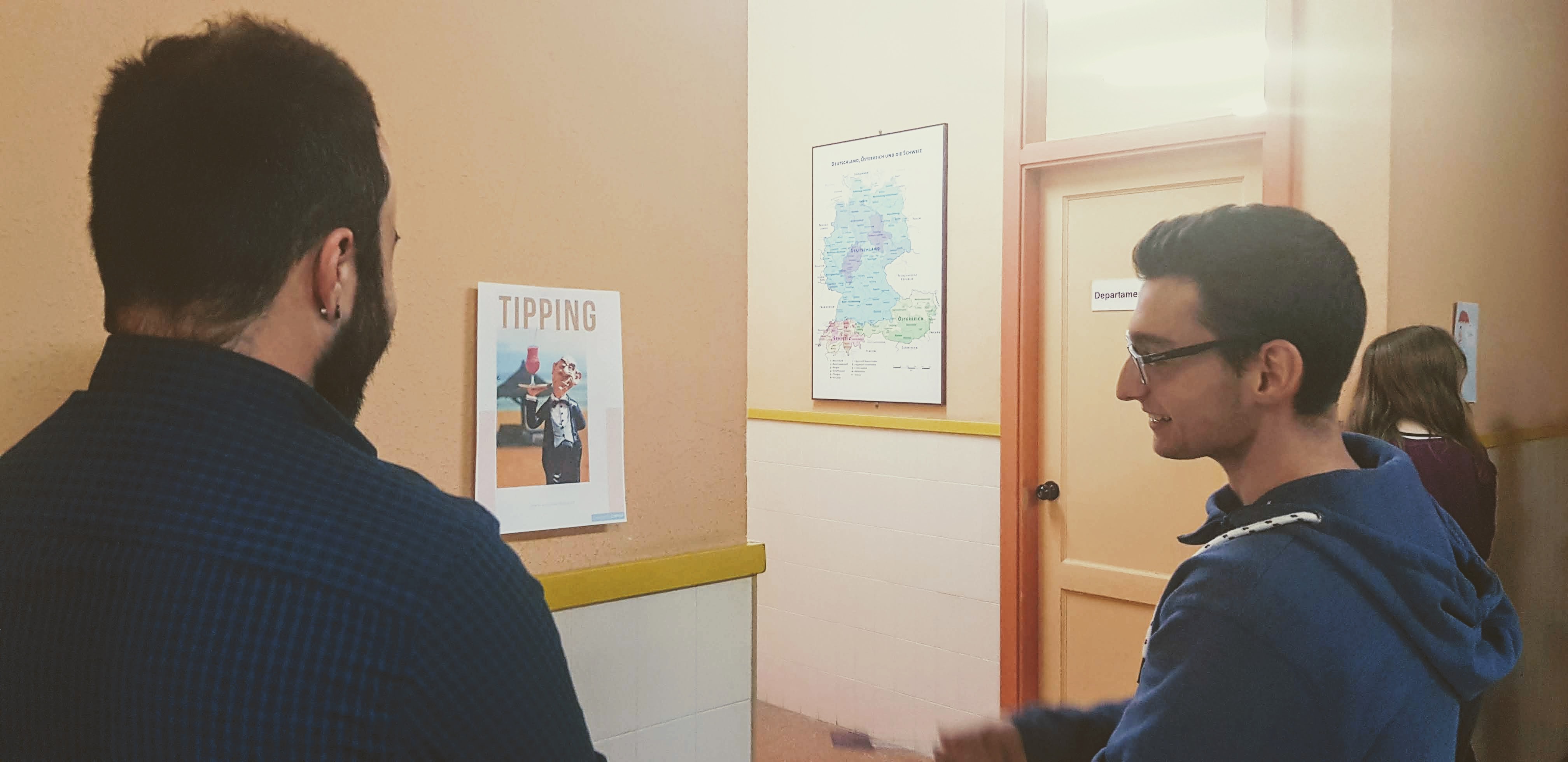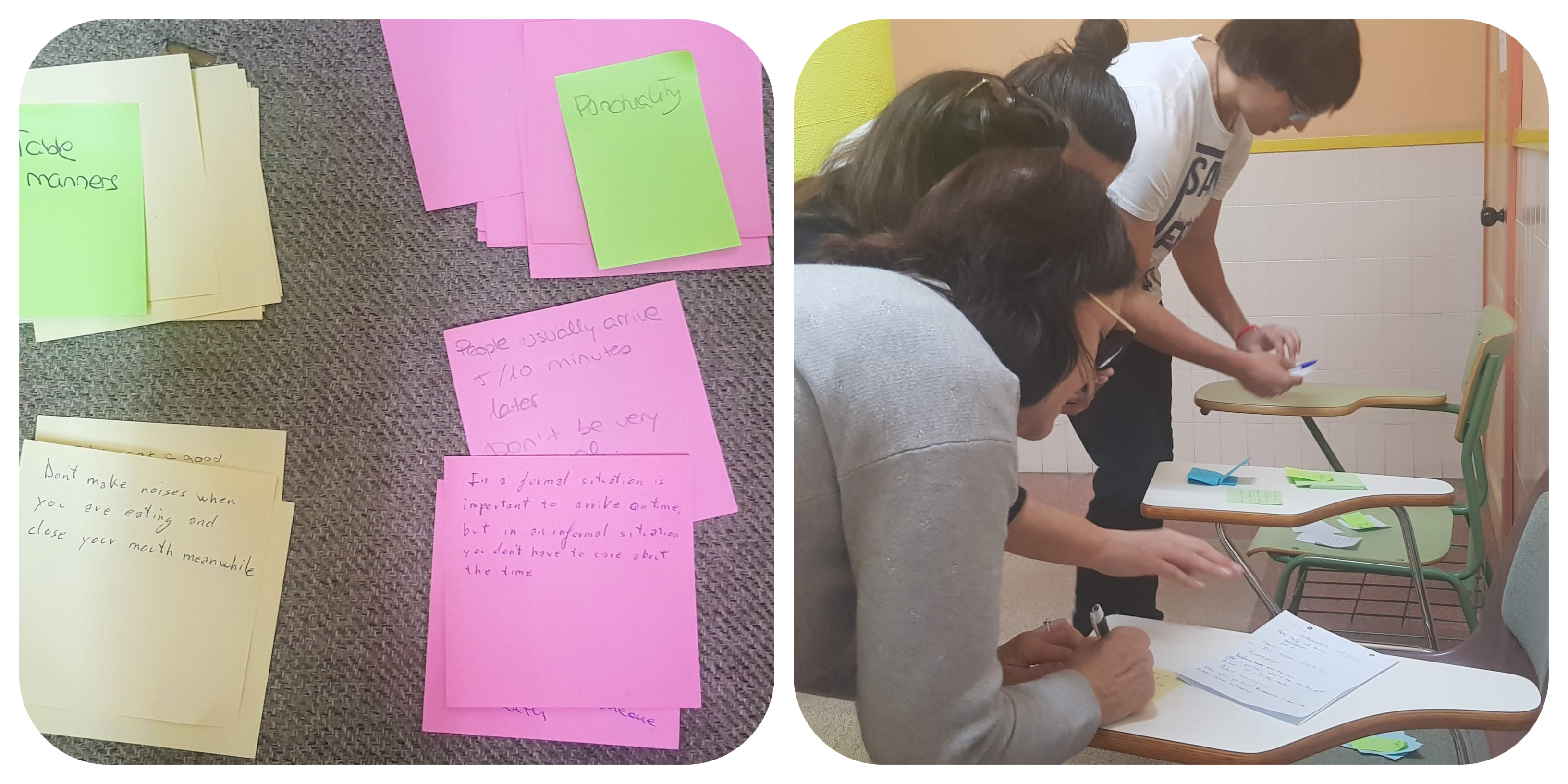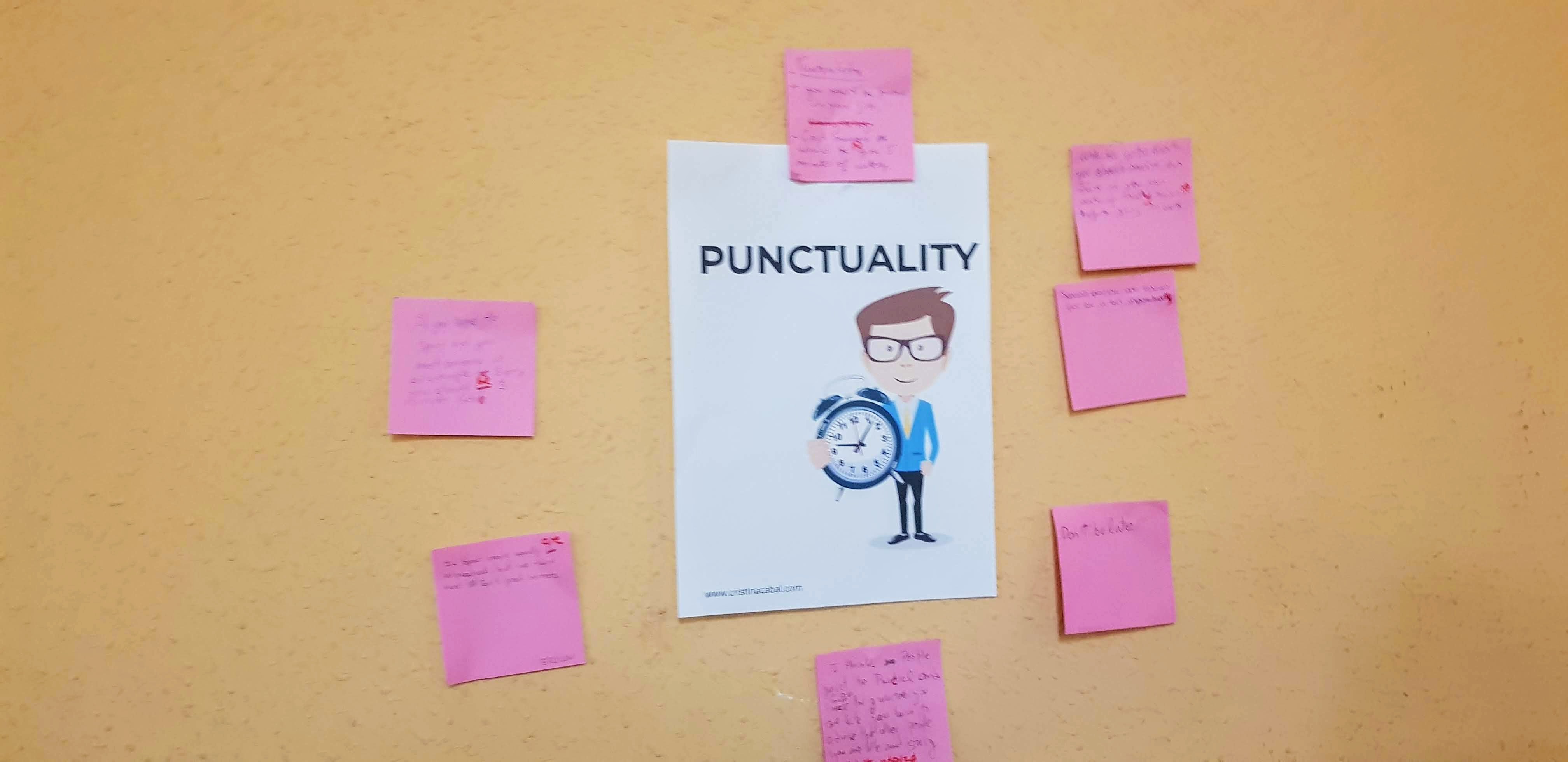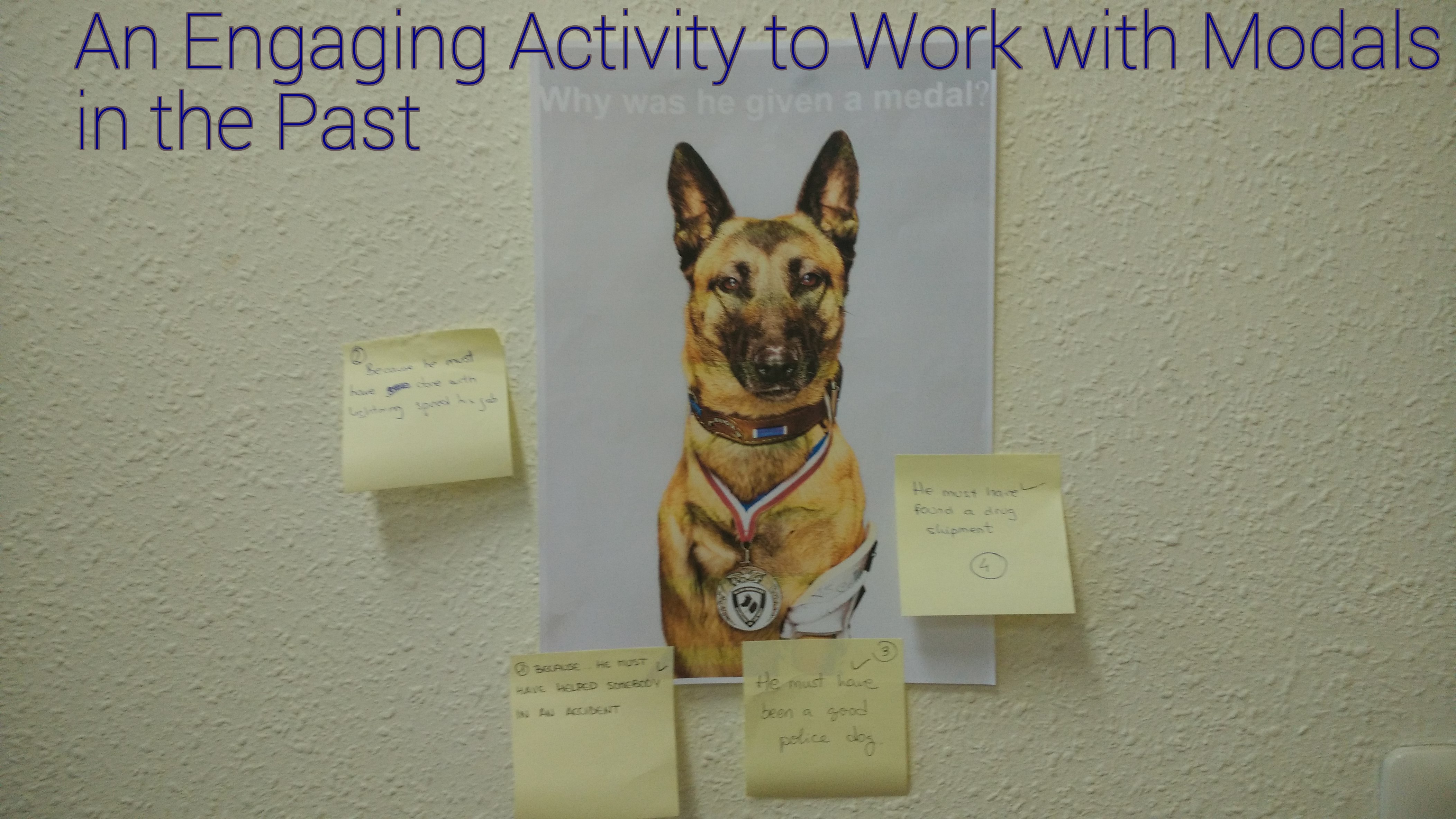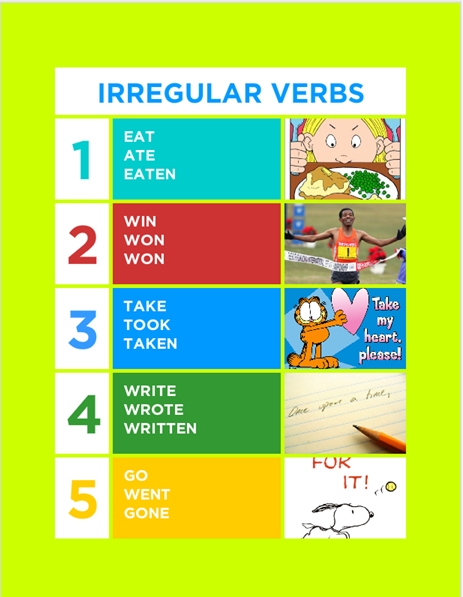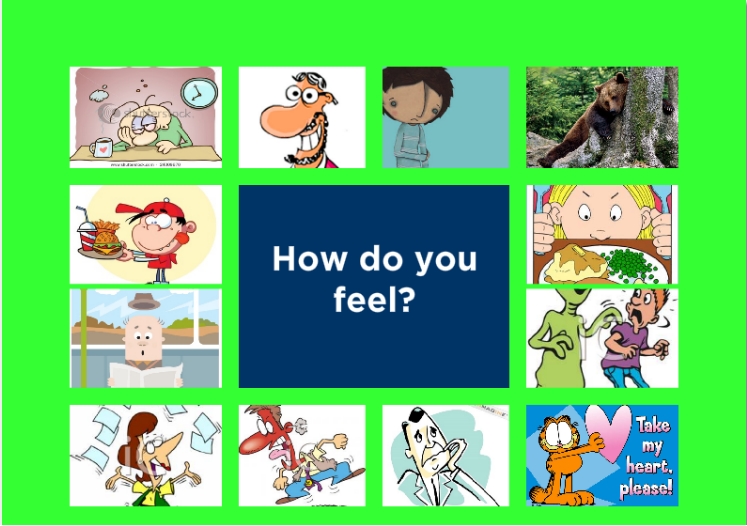Introducing movement in my lessons is one of my favourite things to do when I am teaching.
On most days, when I am preparing my lessons, I really hate how this pandemic has put a stop to some of the most fun dynamics to engage our students. Fortunately, the headmaster in my school has had the bright idea to convert the staff room into a more flexible kind of room and pushed tables together, got rid of unnecessary furniture and provided teachers with a space to give free rein to our creativity, a place big enough for students to move around and keep their distance.

I am not going to lie. This lesson has required preparation, like a lot. The good news is that you can use my lesson if you like it.
Before the class
- I have designed 3 posters; one for every controversial statement. It was not necessary, I know. I could have easily read out the statements. But it is not the same. Plus, I just enjoy doing this kind of thing.
- I have trawled the web looking for arguments for and against to help my students get some ideas. Come on! It is not easy to talk about art when you are not even remotely interested in the topic.
- I have made cards with arguments for and against, I have printed and cut them out.
- I have labelled two corners of the room with AGREE and DISAGREE.
In the class
Brainstorm vocabulary related to the Arts and write on the board. Add to their suggestions, the vocabulary listed below and drill pronunciation.
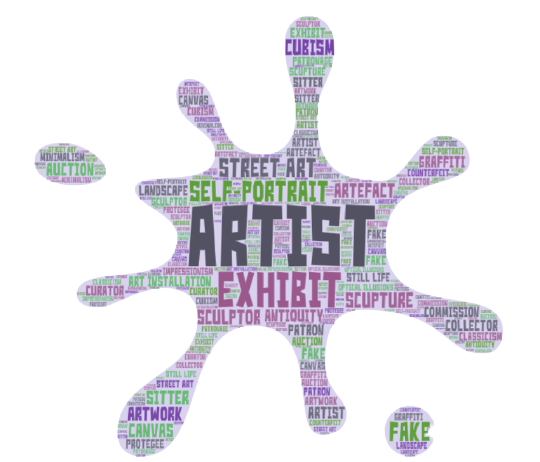
- Exhibition/an exhibit = an object or collection of objects on public display in an art gallery or museum
- Sculpture /ˈskʌlp.tʃər/ /sculptor /ˈskʌlp.tər/
- Art installation= a form of modern sculpture
- Artefact /ˈɑːtɪfakt/ or antiquity = an object made by a human being, typically one of cultural or historical interest
- Artist
- To commission a portrait/ a piece of art (normally in the passive)= a paid request for artwork
- An auction
- To bid at an auction
- A collector
- Street art/street artist
- Optical illusions
- Canvas
- Graffiti artists
- Artistic movement/style
- Sitter
- Self-portrait
- Landscape
- Still life
- Minimalism/impressionism/classicism/cubism
- Fake or counterfeit /ˈkaʊntəfɪt/
- A curator= a keeper or custodian of a museum or other collection.
- A work of art/ a piece of art
- Patron /ˈpeɪ.trən/, patronage/ˈpatr(ə)nɪdʒ,ˈpeɪtr(ə)nɪdʒ/
- Protegee /ˈprɒt.ə.ʒeɪ/ a young person who is helped and taught by an older and usually famous person
- To promote the art
Revising vocabulary with a crossword
Speaking: Warm-up. Here we go.
- Do you have any art in your house? What’s your favourite piece?
- Do you have any artistic friends? What kinds of art do they create?
- Are Arts sufficiently promoted in Spain? Do you think Art is important to society?
Stirrer:
Show this picture and ask students to guess what it is. Someone will probably come up with the right answer. Ask: Do you like this painting? How much would you pay for it?
Before displaying the image, it might be a good idea to read the news here. (Robert Ryman’s Untitled sold for $20 million)
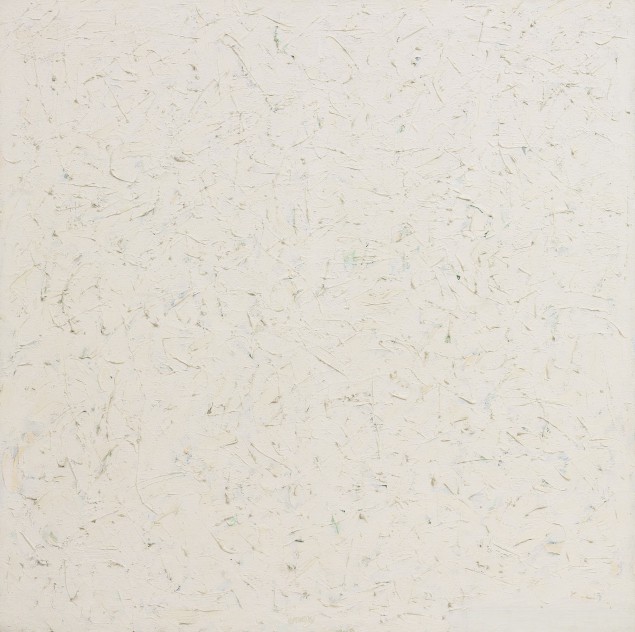
News here
Speaking: Battle of Wills (so to speak)
For this activity, I have used two corners of the classroom and labelled them AGREE and DISAGREE. You will find the PDF for the posters above.
Procedure:
Step 1. Explain they are going to see a poster with a debatable statement about art and they will need to choose the corner that best represents how they feel about the statement.
Step 2. Explain that in their corners, they will need to talk about the reasons for their choice and develop strong arguments to support their opinion as they will be challenged by students with opposing views. Encourage the use of vocabulary.
Step 3. Give them enough time to come up with their own arguments to justify their position.
Step 4. After a 10-minute discussion, ask students from both corners to face each other.
Step 5. Battle: This is the part I like best. Ask students to choose someone from the opposing corner. Pair them up and tell them they have 5 minutes to try to convince each other, using strong arguments, to switch corners. For drama, ask them to use the phrase: “I challenge X”. ) Have a look at the picture above to see the position they take when they start the challenge. This is also important. “The magic behind every outstanding performance is always found in the smallest of details.”
These are the 3 posters I have used. Get the printable version here
Note: After Step 3, I have helped students build more solid arguments by handing out the cards below, which they had to read and comment on before the battle.
Get the printable version here
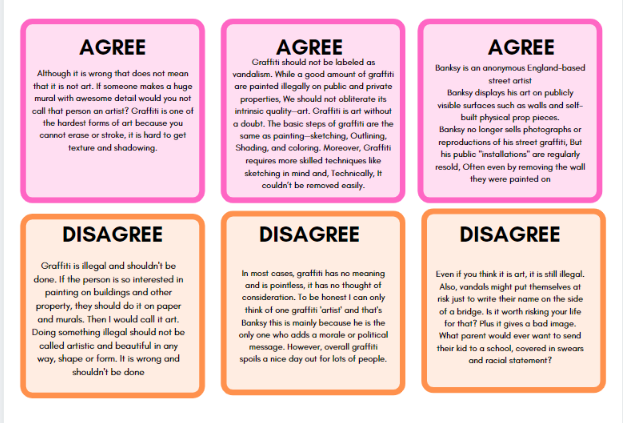
Art posters here Art cards here
